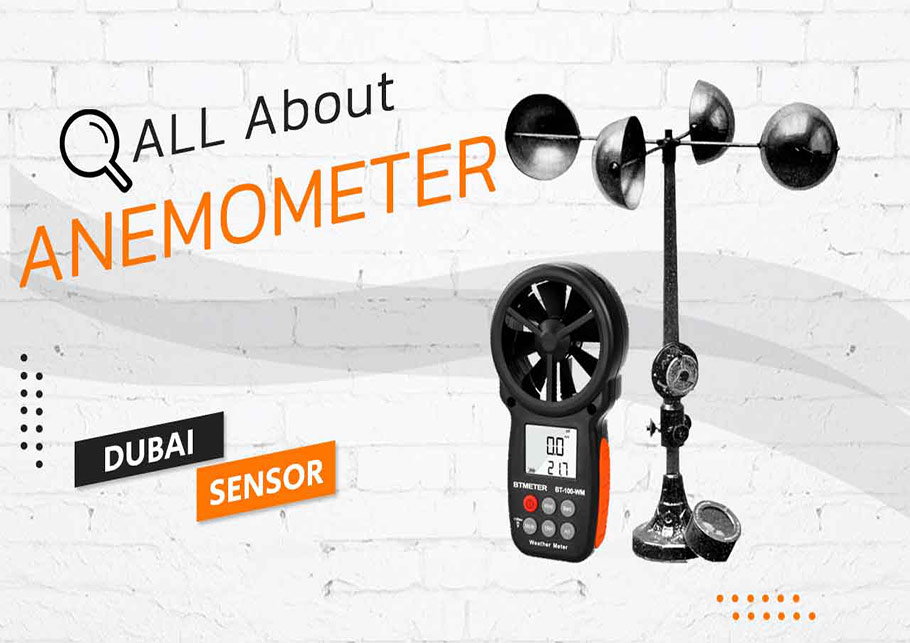Choosing the Right Anemometer: A Comprehensive Buying Guide
Anemometers Revealed: Recognizing Their Value in Environmental Surveillance and Precaution
The function of anemometers in ecological surveillance and safety measures is typically undervalued, yet their significance is undeniable. These tools have a long background rooted in clinical query and technical improvements, progressing to end up being necessary tools in various fields. From weather forecasting to air travel safety and security, anemometers play an essential function in supplying exact information that educates decision-making processes and improves general safety. Understanding the intricacies of anemometers reveals a world of critical understandings that are fundamental to our understanding of the setting and the procedures we take to ensure safety and security.
Background of Anemometers
The advancement of anemometers can be traced back to the old civilizations where simple wind measuring gadgets were initial utilized. One of the earliest recognized anemometers was the hemispherical mug anemometer created by Leon Battista Alberti in the 15th century.
In the 18th century, the prominent scientist John Thomas Romney Robinson introduced the Robinson anemometer, which featured four hemispherical cups placed on horizontal arms that extended from a central axis. This design became a criterion in atmospheric measurements because of its precision and reliability. Throughout the years, advancements in technology caused the development of even more modern-day anemometers, consisting of ultrasonic anemometers and laser Doppler anemometers, supplying increased precision and effectiveness in measuring wind rate and direction. The background of anemometers showcases an amazing journey of technology and progression in the area of meteorology.
Kinds of Anemometers
Throughout the field of weather forecasting, various types of anemometers have been established to accurately determine wind rate and instructions. Sonic anemometers make use of ultrasonic signals to measure wind rate and instructions accurately. Hot-wire anemometers run based on the concept that the cooling impact of wind on a warmed cord is proportional to the wind speed.
Applications in Weather Forecasting
Having actually gone over the numerous kinds of anemometers used in weather forecasting for measuring wind speed and instructions, it is necessary to explore their useful applications in the field. Anemometers play an important duty in meteorology by providing exact and real-time data on wind problems (anemometer). Meteorologists use anemometers to keep an eye on wind rate and instructions to anticipate climate patterns, problem cautions for extreme climate occasions like tornados, hurricanes, and cyclones, and examine weather for air travel safety and security
In weather forecasting, anemometers assist in recognizing regional and local wind patterns, which are important for anticipating weather adjustments and establishing weather fads. These devices are likewise made use of in research study to research microclimates, metropolitan heat islands, and air pollution diffusion. Additionally, anemometers are utilized in agriculture to maximize plant management practices, such as irrigation and pesticide application, based upon wind conditions.
Value in Aeronautics Safety And Security
An essential facet of ensuring aeronautics safety depends on the thorough surveillance of wind problems making use of anemometers. Anemometers play a crucial duty in air travel by providing real-time information on wind rate and direction, helping pilots in making informed choices throughout trip, touchdown, and take-off. Unpredictable and strong winds can significantly influence airplane operations, making it crucial for aeronautics authorities to count on precise wind dimensions to ensure the safety and security of passengers and staff.

In the vibrant find more information setting of aviation, where even minor changes in wind rate and direction can have extensive results, anemometers stand as important tools for advertising risk-free and safe and secure flight.
Function in Environmental Study
How do anemometers contribute to improvements in environmental research study? Anemometers play an important duty in environmental research study by giving important information on wind speed and direction. This details is essential for understanding different atmospheric procedures, such as air contamination dispersion, weather condition additional info patterns, and environment modification. By accurately determining wind features, anemometers help scientists evaluate the motion of toxins airborne, assess the influence of industrial exhausts, and forecast the spread of contaminants in the atmosphere.


Conclusion
In final thought, anemometers have played a crucial duty in ecological monitoring and security procedures. Understanding the value of anemometers is crucial for precisely gauging wind speed and instructions, which is vital for predicting weather patterns, ensuring secure aeronautics operations, and carrying out environmental researches.
One of the earliest recognized anemometers was the hemispherical cup anemometer designed by Leon Battista Alberti in the 15th century. Over the years, innovations in innovation led to the growth of more modern-day anemometers, including ultrasonic anemometers and laser Doppler anemometers, offering raised precision and performance in measuring wind rate and direction. Hot-wire anemometers run based on the principle that Continue the cooling result of wind on a heated cord is proportional to the wind rate. Meteorologists make use of anemometers to check wind speed and direction to anticipate climate patterns, issue cautions for extreme weather occasions like tornados, typhoons, and hurricanes, and analyze climatic problems for aeronautics security.
Understanding the value of anemometers is necessary for properly gauging wind speed and direction, which is important for anticipating climate patterns, ensuring risk-free aeronautics operations, and conducting environmental researches. (anemometer)